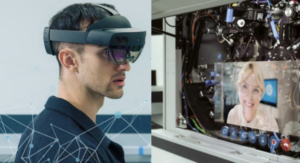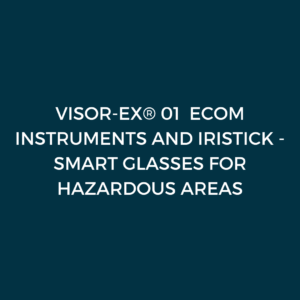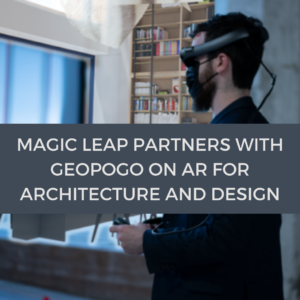ThirdEye Targets EPA Green Goals for Metaverse

The solution works using sustainability targets from the United States Environmental Protection Agency (US-EPA), which aims to build a carbon-neutral future for the planet.
Citing EPA figures, ThirdEye said the COVID-19 pandemic sharply reduced global transport traffic, which was the “largest contributor to anthropogenic [US] greenhouse gas emissions at 29 [percent].”
ThirdEye’s AR/MR telepresence solutions allow companies to lower their carbon footprint by reducing the overall need for global transport, and the firm’s RemoteEye platform has cut onsite visits to allow significant cost savings, leading to a major improvement in return on investment (ROI).
Nick Cherukuri, Founder of ThirdEye, said his company’s RemoteEye platform aims to include a Carbon Footprint Score for its users to calculate the organisation’s carbon footprint with AR.
Explaining further on the benefits of AR technologies, he continued, stating,
“Not only are AR and MR teleconferencing platforms financially prudent due to traveling less, but by using this technology to share knowledge and operational workflows, there are tremendous carbon emission savings. For example, we can bring education and telehealth to underprivileged areas around the world with augmented and mixed reality”
The company’s RespondEye, which complies with the US Health Insurance Portability and Accountability Act (HIPAA), also allows doctors to tackle health problems for remote patients “anytime, anywhere.” Doctors can later assign patients and carers medical diagnoses and treatment options.
Enterprises can also benefit from the introduction of 3D digital twins to reduce inventory and other digital assets, ThirdEye said, adding doing so would reduce production emissions and costs.
The news comes as the US firm aims to expand its solutions to the Asia-Pacific with its X2 MR smart glasses and a major partnership with Go VR Immersive, a Hong Kong-based XR startup.
Tthe smart glasses would be deployed to remote workers across China, just shortly his firm inked a major partnership with Microsoft to deploy HoloLens 2 MR head-mounted displays in the Asia-Pacific region.








